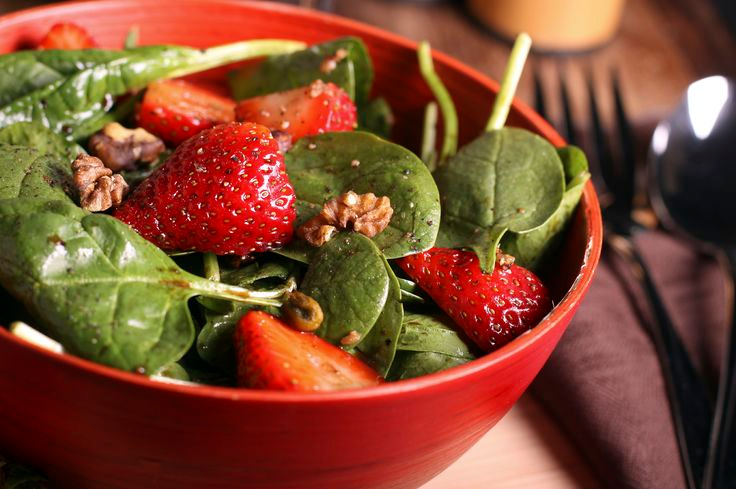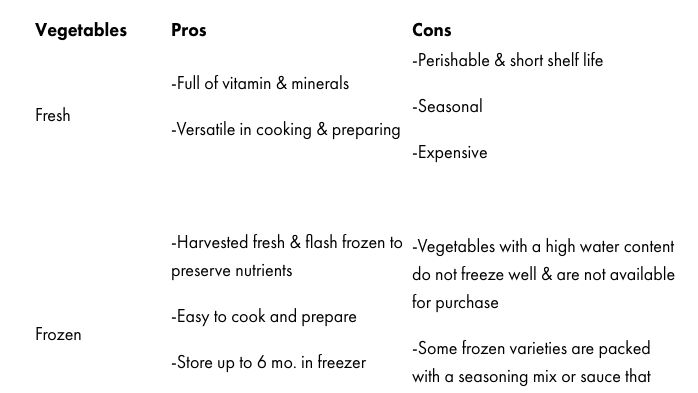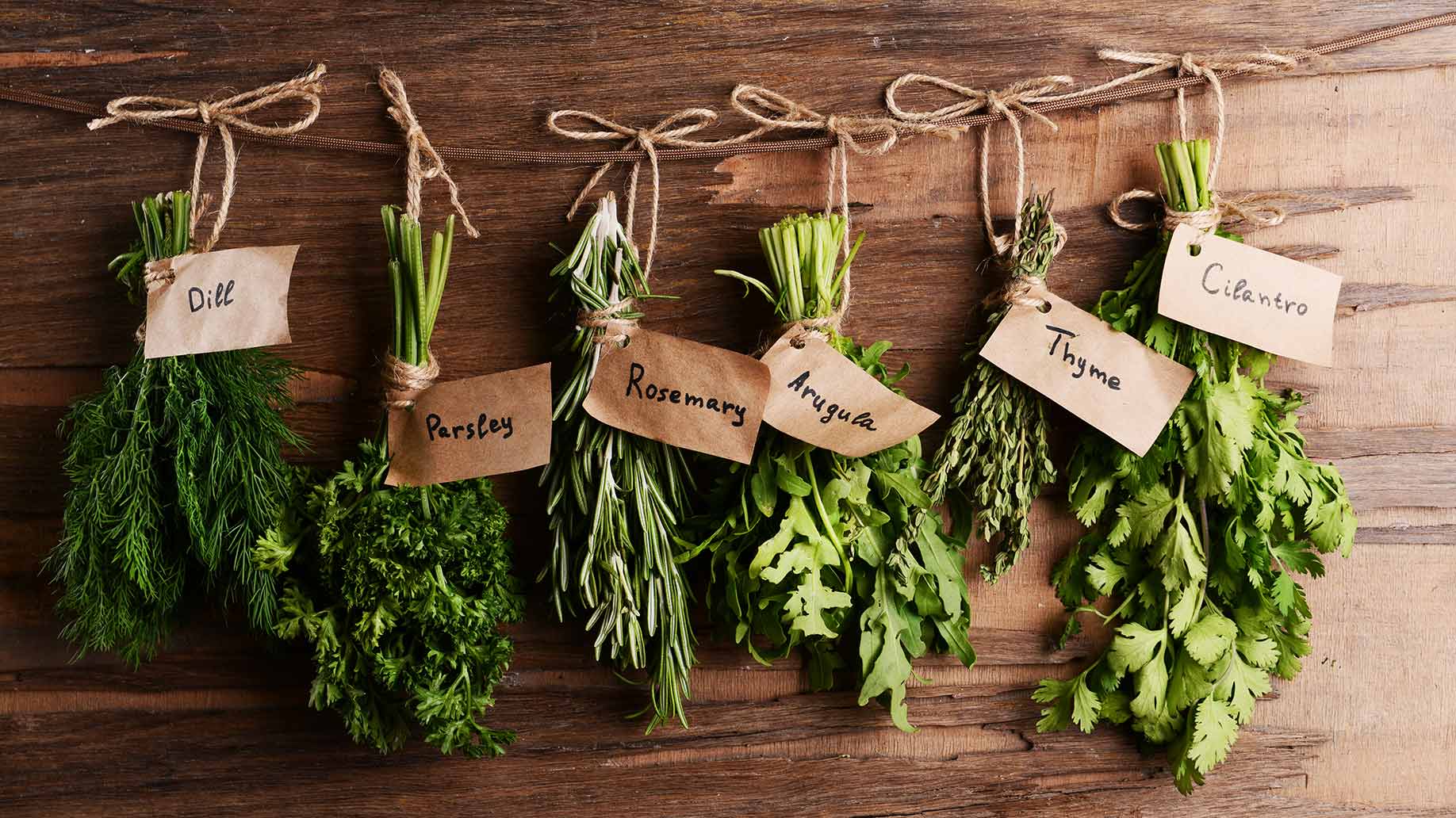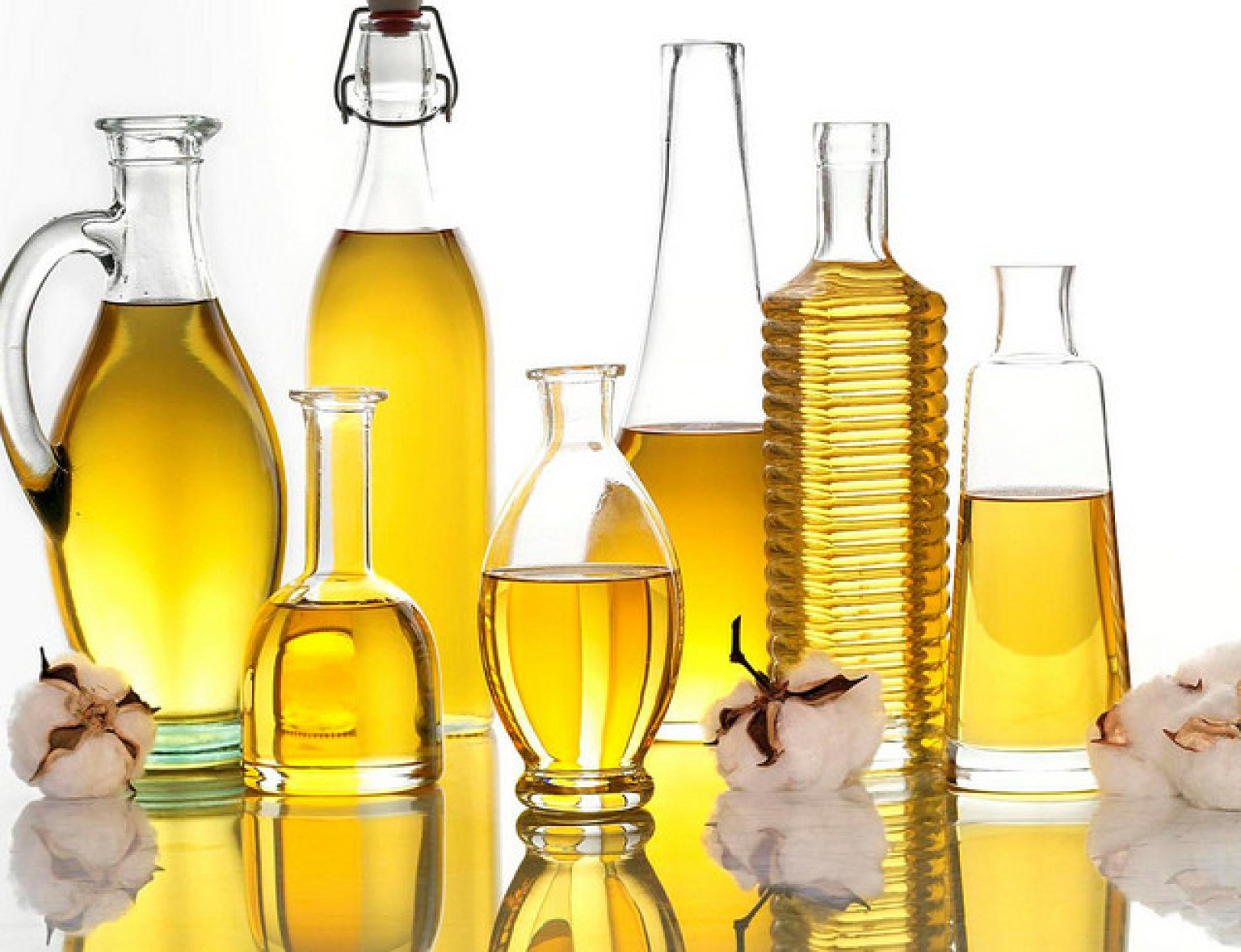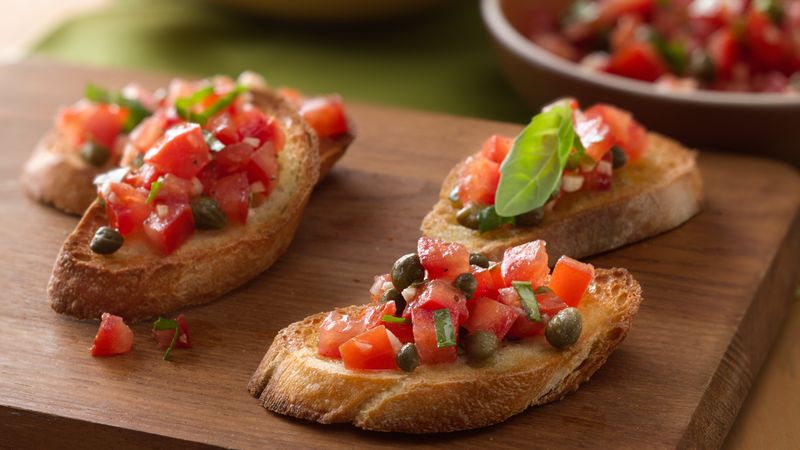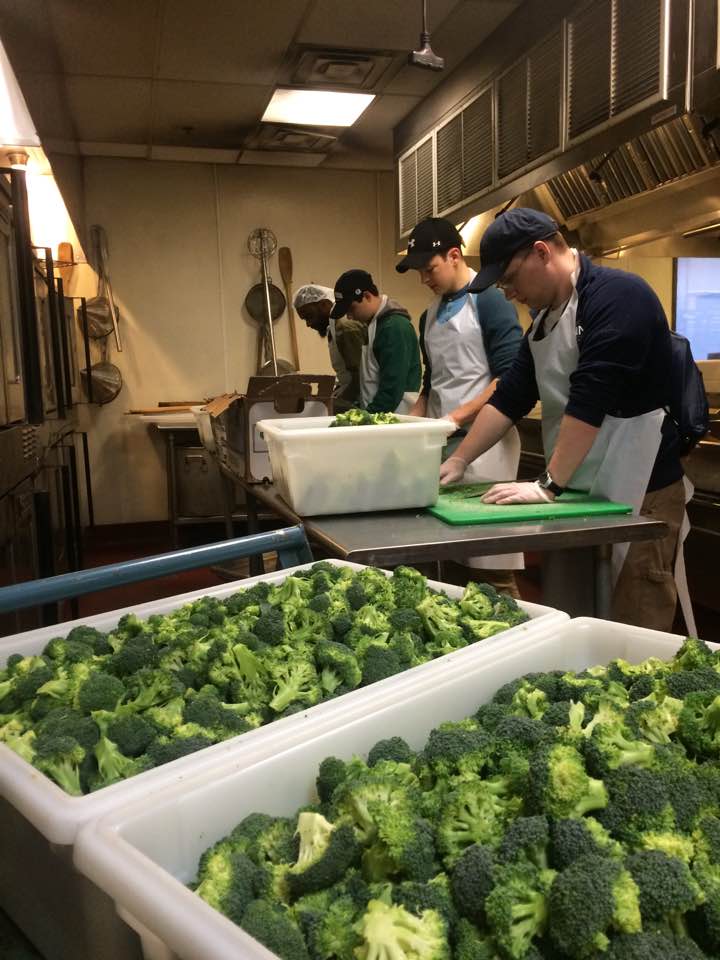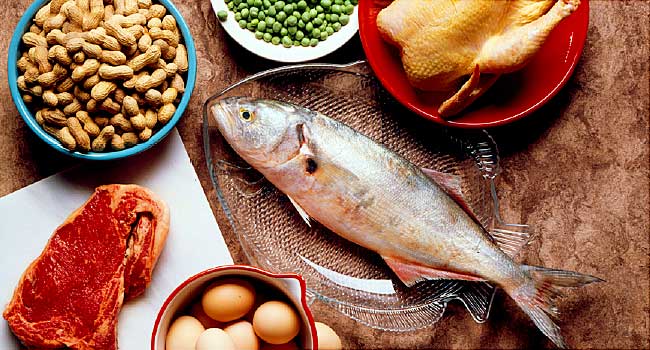June is Fresh Fruit and Vegetable Month! Start improving your diet this month by adding fruits and vegetables to your meals. They are packed with essential vitamins and minerals that can help reduce your risk of developing cancer and chronic illnesses as well as a long list of other benefits including a stronger immune system, strong bones, healthy skin and hair, and increased energy. Fruits and vegetables are also high in fiber, which is an indigestible carbohydrate that promotes gut health and regularity that helps you feel fuller longer. An added benefit of increasing your fruit and vegetable intake is weight control not only because the fiber will keep you fuller in between meals to reduce snacking, but they can replace portions of calorie dense foods such as grains and meats in your meals to provide the same volume and satisfaction for fewer calories.
To get the most out of your fresh fruits and vegetables, pay attention to buying and storage guidelines to make sure you are consuming them at their peak freshness to get the full potential of their vitamin and mineral content. It is important to know which fruits continue to ripen after being picked and which do not as unripe fruit does not offer the same taste or nutritional benefits. After picking your fruit, make sure to store it properly as some are best kept refrigerated while others should be stored at room temperature; you can go to Storing Fresh Fruits and Vegetables for Best Flavor for a list to hang on your refrigerator. If being stored in a refrigerator, keep produce in a perforated plastic bag to reduce the growth of mold and bacteria and separate fruits from vegetables utilizing the crisper drawers. Fruits produce ethylene gas and can shorten the life of vegetables, and vegetables produce odors that can be absorbed by fruits and affect their quality.
A great source for delicious and fresh fruits and vegetables is your local farmer’s market where you will be able to find locally grown produce. If you participate in SNAP, every $5 of food stamps spent at a participating farmer’s market will result in $2 of Philly Food Bucks to use towards more fresh fruits and vegetables. Philly Food Bucks can be redeemed at The Food Trust’s farmer’s markets and other sites that sell local fruits and vegetables across Philadelphia as well as some participating markets in Pittsburgh, Reading, and Norristown. There are 22 markets in Philadelphia to help neighborhoods that typically lack access to healthy foods. To find your local market and the day and time of operation, visit The Food Trust’s Farmers Markets.
Spinach, Strawberry, & Pecan Salad Recipe:

Add grilled chicken to this salad for a protein and flavor boost!
Click to enlarge
